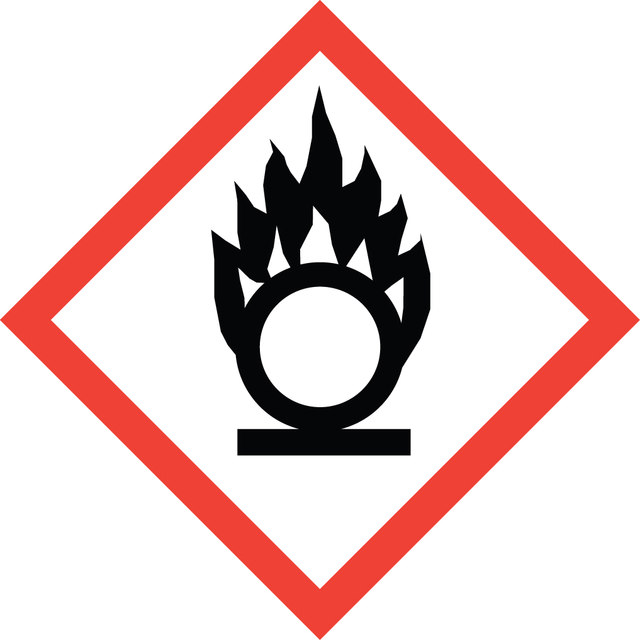529567
Cadmium perchlorate hydrate
99.999% trace metals basis
About This Item
Recommended Products
Quality Level
Assay
99.999% trace metals basis
form
crystals and lumps
composition
Degree of hydration, ~6
reaction suitability
reagent type: catalyst
core: cadmium
reagent type: oxidant
impurities
≤15.0 ppm Trace Metal Analysis
SMILES string
O.[Cd++].[O-]Cl(=O)(=O)=O.[O-]Cl(=O)(=O)=O
InChI
1S/Cd.2ClHO4.H2O/c;2*2-1(3,4)5;/h;2*(H,2,3,4,5);1H2/q+2;;;/p-2
InChI key
SGAGEPDIZCCCPW-UHFFFAOYSA-L
Looking for similar products? Visit Product Comparison Guide
Signal Word
Danger
Hazard Statements
Precautionary Statements
Hazard Classifications
Acute Tox. 4 Dermal - Acute Tox. 4 Inhalation - Acute Tox. 4 Oral - Aquatic Acute 1 - Aquatic Chronic 1 - Ox. Sol. 2
Storage Class Code
5.1A - Strongly oxidizing hazardous materials
WGK
WGK 3
Flash Point(F)
Not applicable
Flash Point(C)
Not applicable
Choose from one of the most recent versions:
Already Own This Product?
Find documentation for the products that you have recently purchased in the Document Library.
Our team of scientists has experience in all areas of research including Life Science, Material Science, Chemical Synthesis, Chromatography, Analytical and many others.
Contact Technical Service











